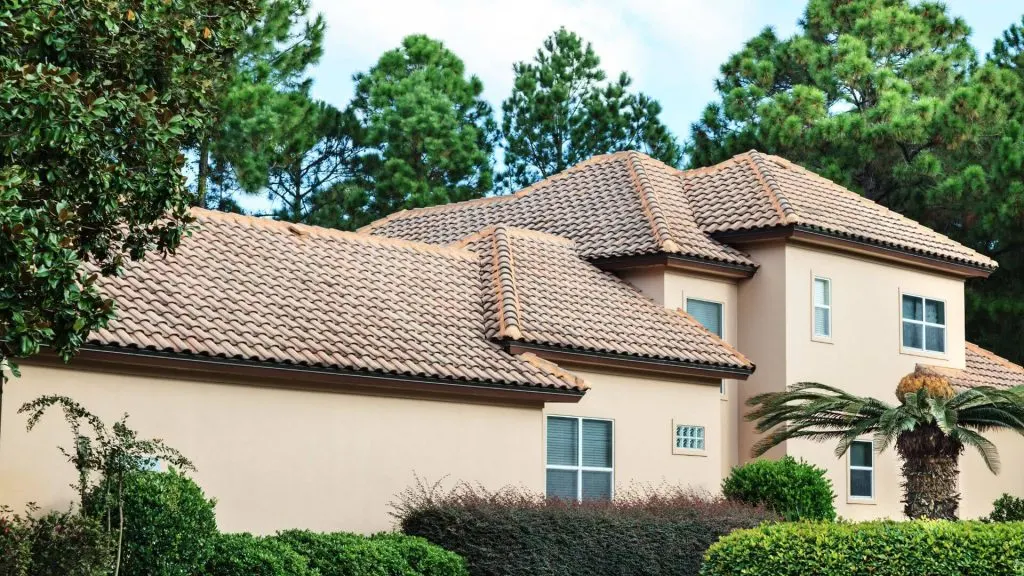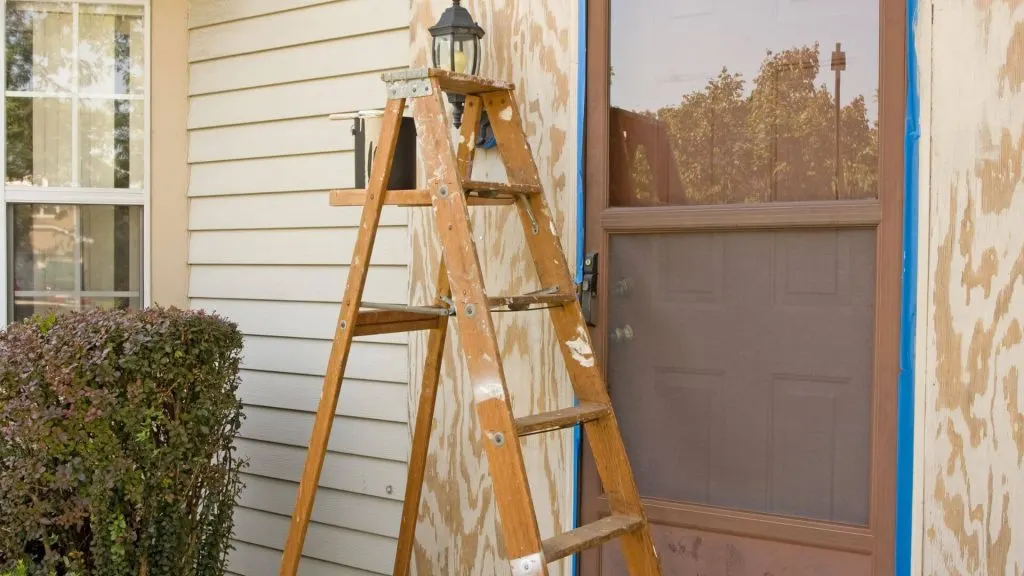When guarding your home from the fury of a hurricane, no measure is too extreme. From flooding and flying debris to roofs that can buckle under incredibly strong winds, securing your house against the dangers of nature can seem like an overwhelming task. But there are ways to make sure you and your family stay safe: by taking proactive steps in making your roof as hurricane-proof as possible. In this post, we’ll walk you through some easy approaches for beefing up the defenses around your home. So that when disaster strikes, you’re prepared with peace of mind.

1. Invest in Professional Installation
While DIY projects may seem more cost-effective, when it comes to making your roof hurricane-proof, it’s best to invest in professional installation. Engaging roofers at dwightsroofing.com can ensure that the job is done right with materials and techniques that can withstand the strongest winds. Professional roofers possess a deep understanding of various roof designs and materials, choosing the most suitable option that amplifies your home’s resistance to hurricanes.
Furthermore, expert installation minimizes future repair costs by preventing common installation errors that often lead to leaks and damages. After all, a properly installed roof is far more capable of withstanding the brutal forces of a hurricane than a poorly installed one. Hence, investing in professional roofing services is a worthwhile expenditure for long-term safety and peace of mind.
2. Consider Impact-Resistant Materials
When it comes to choosing roofing materials, opt for impact-resistant options that are designed to withstand strong winds and flying debris. These materials include metal, concrete tile, and asphalt shingles. Each of these options has different levels of impact resistance, with metal being the most durable against high winds.
Another important consideration is the type of underlayment used in your roof. This layer acts as an additional barrier to protect your home from water damage during a hurricane. Choose synthetic underlayment instead of traditional felt paper, as it is more durable and resistant to tears and punctures caused by flying debris.
3. Strengthen Your Roof’s Structure
In addition to choosing the right materials, reinforcing your roof’s structure is crucial in making it hurricane-proof. This includes adding roof straps or clips that secure the roof to the walls of your home, providing extra support against strong winds. It’s essential to have these straps or clips installed by a professional, as incorrect installation can lead to further damage during a storm.
Another way to strengthen your roof’s structure is by adding hurricane bracing to the interior of your home. These structures are designed to transfer the wind force from your roof down to the foundation, making it less likely for your roof to collapse under extreme winds.
4. Maintain Your Roof Regularly
Choosing impact-resistant roofing materials is a key step in hurricane-proofing your home. Roofing materials like metal, concrete tile, and asphalt shingles are designed to resist the impacts of strong winds and flying debris, thereby safeguarding your home during turbulent weather. Metal, in particular, is the most durable option against high winds.

Choosing the right underlayment is vital to protect against water damage during a hurricane. Opt for synthetic underlayment, which is more durable and resistant to tears and punctures from debris. Including these materials in your roofing plans boosts your home’s resilience in a hurricane.
5. Clear Surrounding Trees and Debris
Keeping the area surrounding your home clear and clean is an often overlooked but essential step in hurricane-proofing your roof. Trees with long branches hanging over your roof pose a significant threat during high winds, as these branches can break off and cause substantial damage. Regularly trimming these branches can reduce the risk of damage to your roof and other parts of your home.
Regularly clear debris (leaves, branches) from your roof and gutters to prevent drainage blockage, water accumulation, and potential leaks. Accumulated debris can also become hazardous projectiles in severe storms. A clean environment not only ensures a well-maintained roof but also enhances your home’s resistance to hurricanes.
6. Have an Emergency Plan in Place
Despite taking all the necessary precautions, there is still a possibility that your roof may sustain damage during a hurricane. In such cases, having an emergency plan in place can help you and your family stay safe. This includes knowing where to seek shelter in case of roof damage or evacuation orders, having emergency supplies on hand, and keeping important documents in a safe but easily accessible location.
It’s also important to regularly review and update your emergency plan, especially as hurricane season approaches. This will ensure that you and your family are prepared for unforeseen circumstances and can act quickly in the face of danger.
Following these tips, you can take the necessary steps to make your roof hurricane-proof. Remember, safety should always come first, and it’s worth taking the time and effort to protect your home and loved ones from the devastating effects of a hurricane. So take action now and have peace of mind during hurricane season. Stay safe. Stay prepared.

Jessi is the creative mind behind The Coffee Mom, a popular blog that combines parenting advice, travel tips, and a love for all things Disney. As a trusted Disney influencer and passionate storyteller, Jessi’s authentic insights and relatable content resonate with readers worldwide.

Why You Should Invest in Professional Roofing Services — The Coffee Mom
Monday 11th of December 2023
[…] to roofing projects. Professional contractors have the necessary safety training and equipment to ensure their safety and those of others in the area. They are also insured, providing additional protection for […]